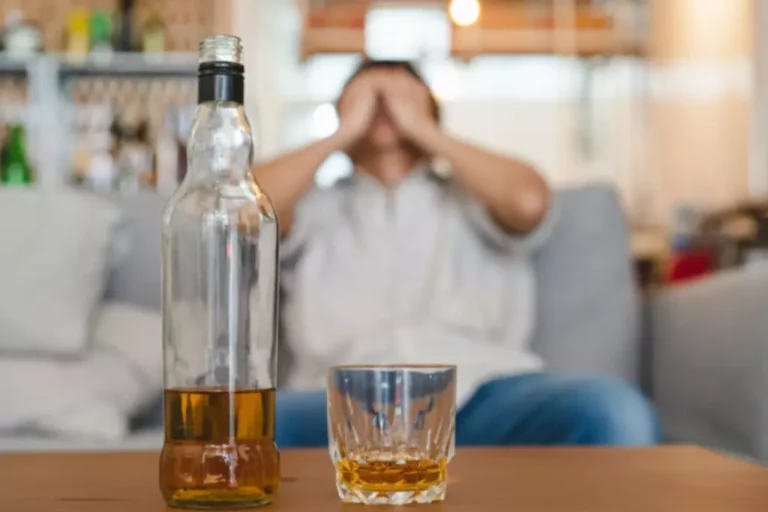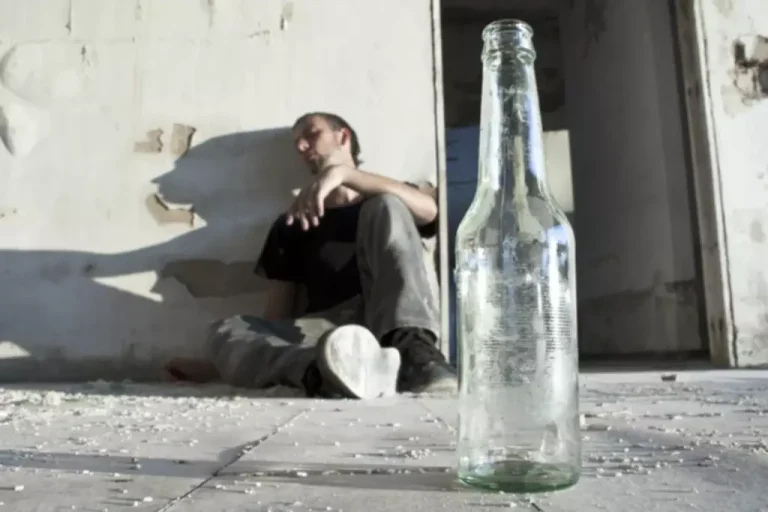These drugs slow down your central nervous system, cause sedation and muscle relaxation, and lower anxiety levels. Often used to treat anxiety or insomnia, they’re some of the most commonly prescribed medications in the U.S. But they can be addictive, especially if you take them every day or use them long-term. In this cross-sectional analysis of U.S. adults, the annual prevalence of benzodiazepine use, when including both prescription use and misuse, was 12.6% and exceeded 15% among women and non-Hispanic white patients. More than 2% overall endorsed misuse, which was highest among the youngest adults (18–25), for whom misuse exceeded as-prescribed use.
1. Factors Influencing Withdrawal Symptoms
Treatment may be offered in a hospital, outpatient facility, or drug rehabilitation center. The content published in Cureus is the result of clinical experience and/or research by independent individuals or organizations. Cureus is not responsible for the scientific accuracy or reliability of data or conclusions published herein. All content published within Cureus is intended only for educational, research and reference purposes. Additionally, articles published within Cureus should not be deemed a suitable substitute for the advice of a qualified health care professional. Do not disregard or avoid professional medical advice due to content published within Cureus.
Implications for Health Care Professionals
Given that benzodiazepine misuse is an international issue, future studies should continue to characterize the epidemiology of benzodiazepine misuse worldwide. Many studies on this topic combine heterogeneous racial/ethnic minority groups (e.g., Non-Hispanic Asian, Native American, multiple racial ethnic identities) into one “other” racial/ethnic category, which is a significant limitation of this literature. In addition, few studies control for access to benzodiazepines via legitimate prescription, despite findings that people identifying as Non-Hispanic White are more likely to be prescribed benzodiazepines (Cook et al., 2018; Olfson et al., 2015). In one U.S. general population study of individuals who had ever received an anxiety medication prescription, odds of lifetime benzodiazepine misuse were higher for Non-Hispanic White adults, as compared to Black adults (Fenton et al., 2010). Looking at this question in a different way, a recent general population study comparing people who reported only using benzodiazepine as prescribed to people who reported misuse did not find an effect of racial/ethnic identity (Maust et al., 2018).
Benzodiazepine Abuse Causes
We restricted our review to the search terms Benzodiazepines and COVID-19 pandemic, so we may have missed relevant studies which did not have these keywords. We discussed in a broader sense the use of a benzodiazepine during the pandemic including their prescriptions, rather than strictly focusing on benzodiazepine misuse. Several studies which have reported other benzodiazepine use along with opioids and other psychotropics are also included. The studies lacked clear details of benzodiazepine misuse and the individuals might have been using benzodiazepines as prescribed, not representing misuse.
Learn more about Benzodiazepine Use Disorder
Effort on this manuscript was supported by NIDA grant K23 DA and the Sarles Young Investigator Award (Dr. McHugh). These funding sources had no further role in study design; in the collection, analysis, and interpretation of data; in the writing of the report; or in the decision to submit the paper for publication. No medication has been shown to be effective for treating benzodiazepine use disorder. Once you’re no longer using benzos, you’ll need support from your family and friends and, if possible, from a mental health professional, to prevent relapse.
Take Our Substance Abuse Self-Assessment
Addiction professionals agree that the best practice for individuals seeking to stop using benzodiazepines is to be weaned off these drugs during a medically supervised detox process. Prescription bottles and their labels will reveal if an individual has different prescriptions from different doctors, filled by different severe benzodiazepine withdrawal syndrome pharmacies within the same timeframe. Inclusion criteria included research conducted in all countries after the beginning of the coronavirus pandemic, and both English and non-English articles were included. Studies that reported the use of benzodiazepine since the beginning of the pandemic were included.
4. Long-Term Effects of Benzodiazepine Use
Due to their rapid onset and immediate symptom relief, BZDs are used for those struggling with sleep, anxiety, spasticity due to CNS pathology, muscle relaxation, and epilepsy. Their sedative effect aids in sleep and insomnia disorders by reducing sleep onset latency. Their CNS depressant effects potently reduce anxiety and abort acute-onset panic and anxiety attacks [4].
- Chlordiazepoxide was the first benzodiazepine approved in 1960, and FDA approved many subsequent medicines in this class in the 1960s and 1970s (see List of Benzodiazepines).
- In some cases, the patient reported that the prescriber abruptly discontinued the benzodiazepine rather than prescribing a taper to mitigate withdrawal symptoms.
- Yet, based on the present review, few steps have since been taken to improve upon the classification of benzodiazepine misuse.
- Stopping them abruptly or reducing the dosage too quickly can result in withdrawal reactions, including seizures, which can be life-threatening.
We assessed the extent of benzodiazepine use during the pandemic and interpreted its effects in the future. We conducted a literature search using the Preferred Reporting Items for Systematic Reviews and Meta-Analyses (PRISMA) protocol and eight articles reviewed specifically reported worrying fluctuations in benzodiazepine use during the pandemic. We observed varied trends in the usage of benzodiazepines in various parts of the world.
What is benzodiazepine use disorder (BUD)?
- BZDs act by binding to the gamma-aminobutyric acid A (GABA-A) [17] receptors in the brain, inhibiting the brainstem arousal pathways.
- In addition, health care professionals should make necessary interventions and referrals when problematic alcohol consumption is suspected or identified.
- The severity of the withdrawal sequelae depends on the total dose and duration of infusion and usually presents as agitation, tremors, difficulty sleeping, and inconsolable crying [60].
- Patients with a lower risk of relapse are those taking a daily dose of 10 mg diazepam equivalent or less at the start of tapering, and those who have made a substantial dose reduction themselves before the start of tapering.







